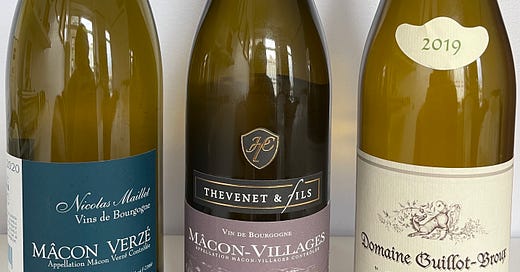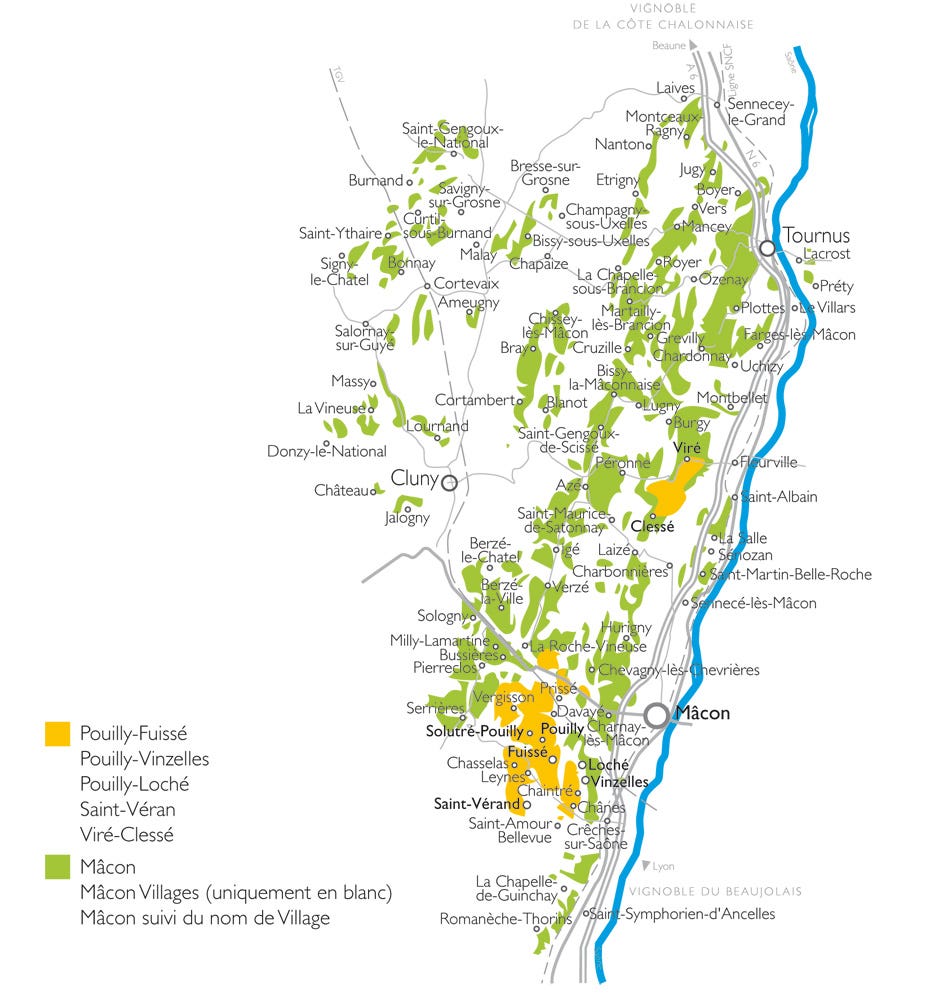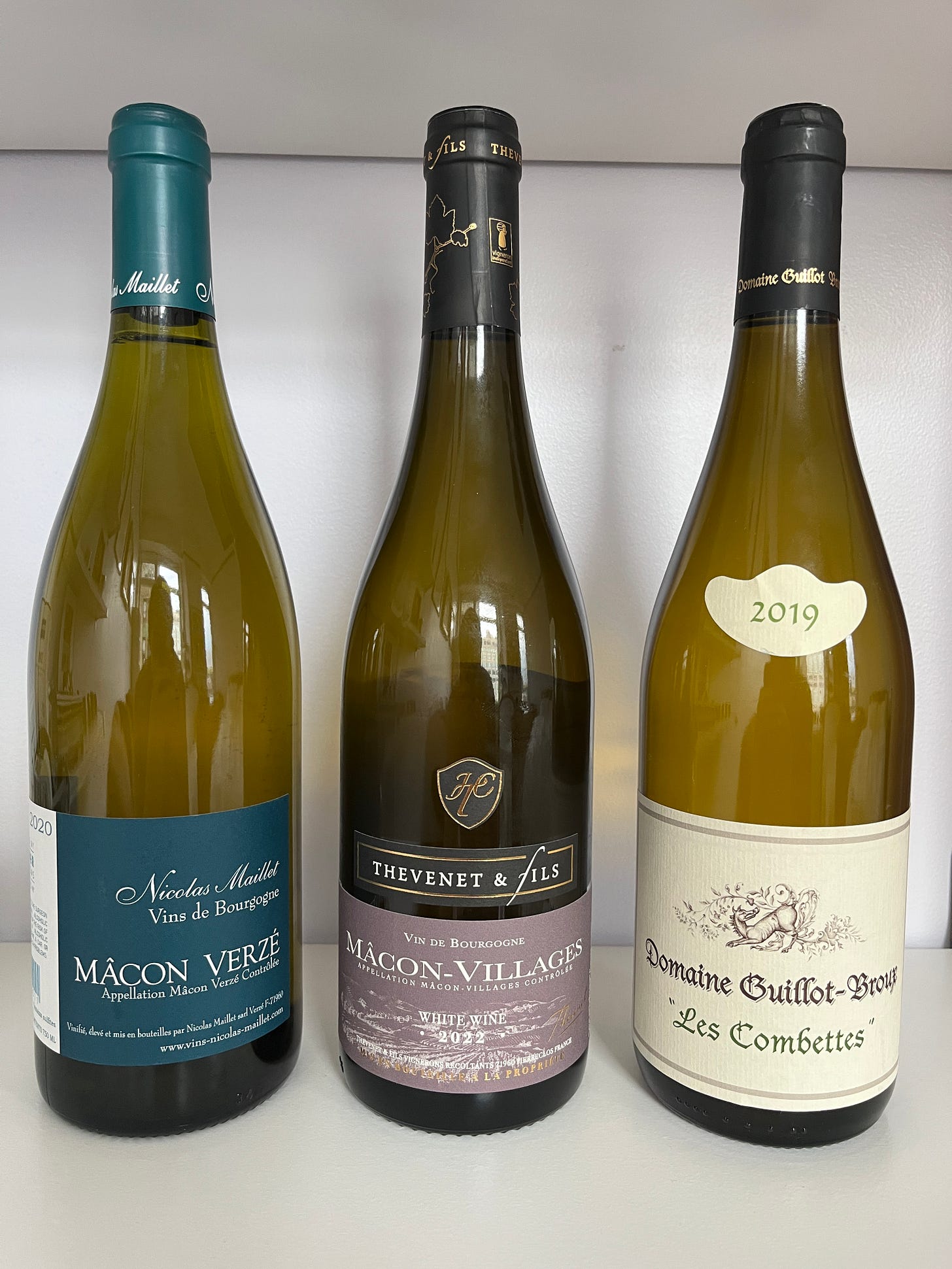Welcome to Finding Value, my new column in which we will explore regions, producers, and grape varietals providing the best bang for your bucks. “Value” can often be a sugar-coated synonym for cheap or inexpensive. Here we will examine “value” in terms of how “good” (read: delicious, inspiring, or life-affirming) a wine is compared to its price.
Today’s wine market is tough. Prices across the board are rising significantly with every passing vintage. Burgundy has led the way, and I for one can barely afford it. Côte d’Or wines from fringe villages like Saint-Aubin or Marsannay that five years ago were affordable luxuries are becoming collector’s items. Regional Bourgogne wines from reputable Côte d’Or producers now start at $40 retail, a price I would argue is ripe for disappointment.
Yet and still, as wine lovers, we must drink Burgundy. It has such a hold on us that “burgundian” has become an adjective for wines that even approach its elusively ethereal nature. A life without it would be cruel, unfulfilled, and ultimately meaningless.
So, for our first installment of Finding Value we seek our Burgundy, specifically white Burgundy, from the rolling hills of the Mâconnais. Long playing 4th fiddle to the Côte d’Or, Chablis, and Côte Chalonnaise, the Mâconnais is finally receiving recognition. In 2020, twenty-two vineyards in the village of Pouilly-Fuissé were awarded Premier Cru status.
In addition to Pouilly-Fuissé there are four village appellations in the Mâconnais: Pouilly-Vinzelles, Pouilly-Loché, Saint-Véran, and Viré-Clessé. Dotted throughout hills and valleys are the villages of the regional Mâcon-Villages appellation. Twenty-seven of these villages may append their name to “Mâcon”, giving them a distinguished, quasi-village level status. It is from these villages that great wines of tomorrow are being made today.
When I began my journey as a sommelier a decade ago, I was taught that the Mâconnais produced Burgundy’s most fruit-forward whites, wines tasting more of chardonnay than of terroir. I was told this was due to its warmer, drier, sunnier climate in the southern reaches of Burgundy.
Back then my peers and I were so concerned with understanding the profiles of specific regions that the above may as well have been gospel. We were all studying for a test, and wanted to paint the platonic ideal of wines in our minds so that when we sat in front of any glass, we could hold it up next to our mental images and find a match.
For one of our blind tastings, I picked up a bottle of Louis Jadot Mâcon-Villages, at the time and still about $15 retail. The group was split. Was it Burgundy? It didn’t quite have the minerality or depth. But then again it did taste of stones, and it was not so tropical, or buttery, or oaky to be typical of California. We all agreed, whatever it was, it was delicious.
While Jadot and other large-scale producers are able to offer affordable bottles across the entire US market, I would encourage you to search for Mâconnais growers dedicated to their land. Among my favorites are Domaine Thevenet & Fils, Domaine Nicolas Maillet, Domaine Guillot-Broux, Domaine Frantz Chagnoleau, Domaine Merlin, Domaine Cheveau, Domaine Rijckaert, Famille Paquet, and Bret Brothers & La Soufrandière.
For my look at today’s Mâconnais, I chose three bottles: Domaine Thevenet et Fils Mâcon-Villages 2022 (≈$20), Nicolas Maillet Mâcon-Verzé 2020 (≈$30), and Domaine Guillot-Broux Mâcon-Chardonnay “Les Combettes” 2019 (≈$40).
The Domaine Thevenet et Fils Mâcon-Villages reminded me of the Jadot I drank those years ago, but more lively and joyful. It was everything you could want it to be and more, full of ripe orchard fruits, fresh flowers and underlying minerality. Its succulent fruit was complemented by ample texture, the equivalent of biting into a perfectly ripe pear. The taste of greek yogurt added an impression of tang, and there was enough acidity to keep me sipping. I would be delighted to sit at a bistro and drink it with as many dishes covered in melted cheese as my stomach would allow. A reminder that simple things are sometimes the best.
The Nicolas Maillet Mâcon-Verzé, from the village of Verzé, felt like Mâcon got its glow up. Its heady mélange of orchard and tropical fruit was pierced by searing stoniness. Rich and juicy, perhaps bolstered by the heat of the 2020 vintage, it reminded me of how a Mâcon “should” drink, yet it was so much more. Burgundian minerality and texture rode out an energetic finish that kept my taste buds alert. I found it irresistible, pouring it over and over into my glass until there was nothing left but to do but reminisce.
The Guillot-Broux Mâcon-Chardonnay “Les Combettes”, from the Les Combettes vineyard in the village of Chardonnay, was undeniably Burgundy. Yes, there is a village in the Mâconnais named Chardonnay, believed to be the namesake of the grape. I felt like a quarry had broken open under my nose. I might describe the aroma as “money”, because if you are smelling it, you or someone very close to you has likely just shelled out a good amount. It seemed to defy, or rather transcend, the idea of a Mâconnais white. It felt more Côte d’Or, like a fine Saint-Aubin or Meursault. Its fruit was subtle, crisp, tart. It was decidedly savory with a lingering, saline finish.
In drinking these three wines of increasing price and specificity of terroir, I could sense there is more diversity and value to be found in the Mâconnais today than the rest of Burgundy. As producers continue to champion the terroir of individual villages and vineyards, the palette of the Mâconnais will expand to create wines of greater intricacy and nuance than ever before. Now is an exciting time when we may still discover these wines as affordable luxuries. At the very least, we can enjoy a bottle of perennially affordable Mâcon-Villages and rejoice in the simple pleasures of life. Santé.




